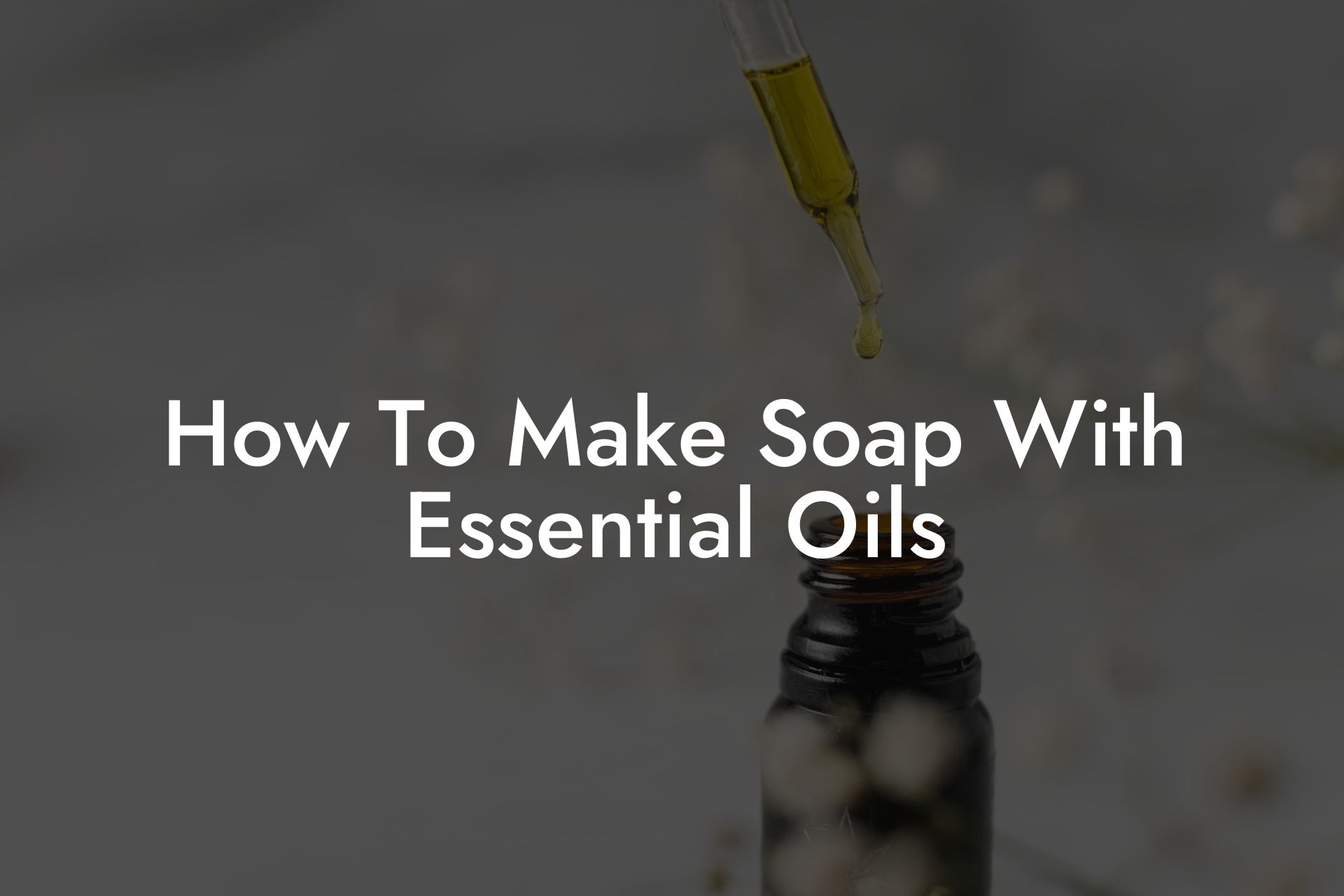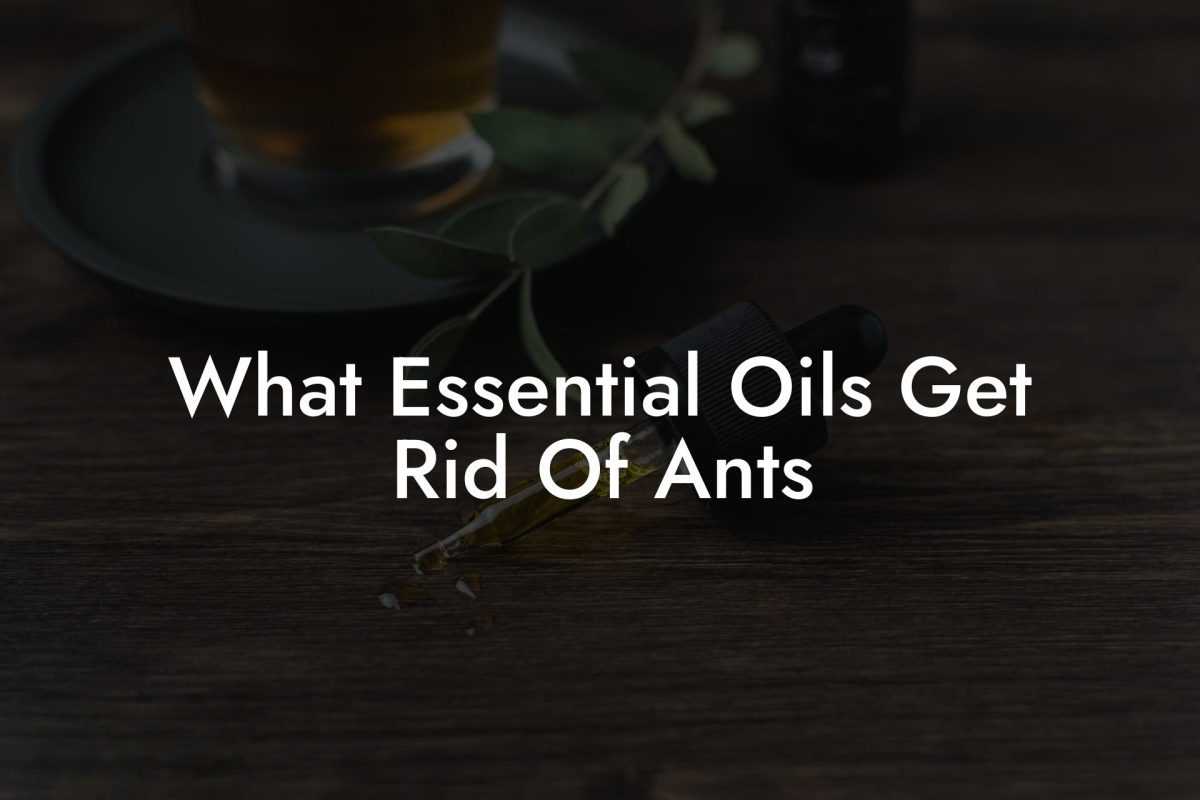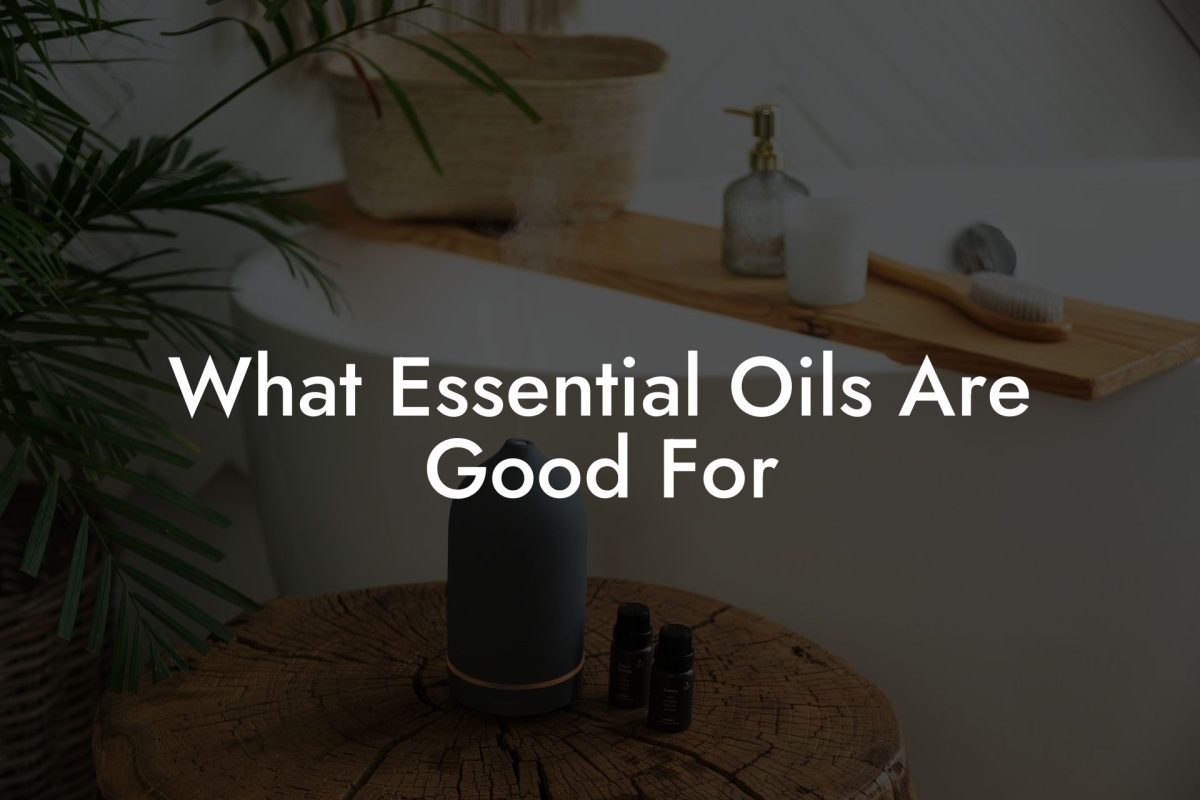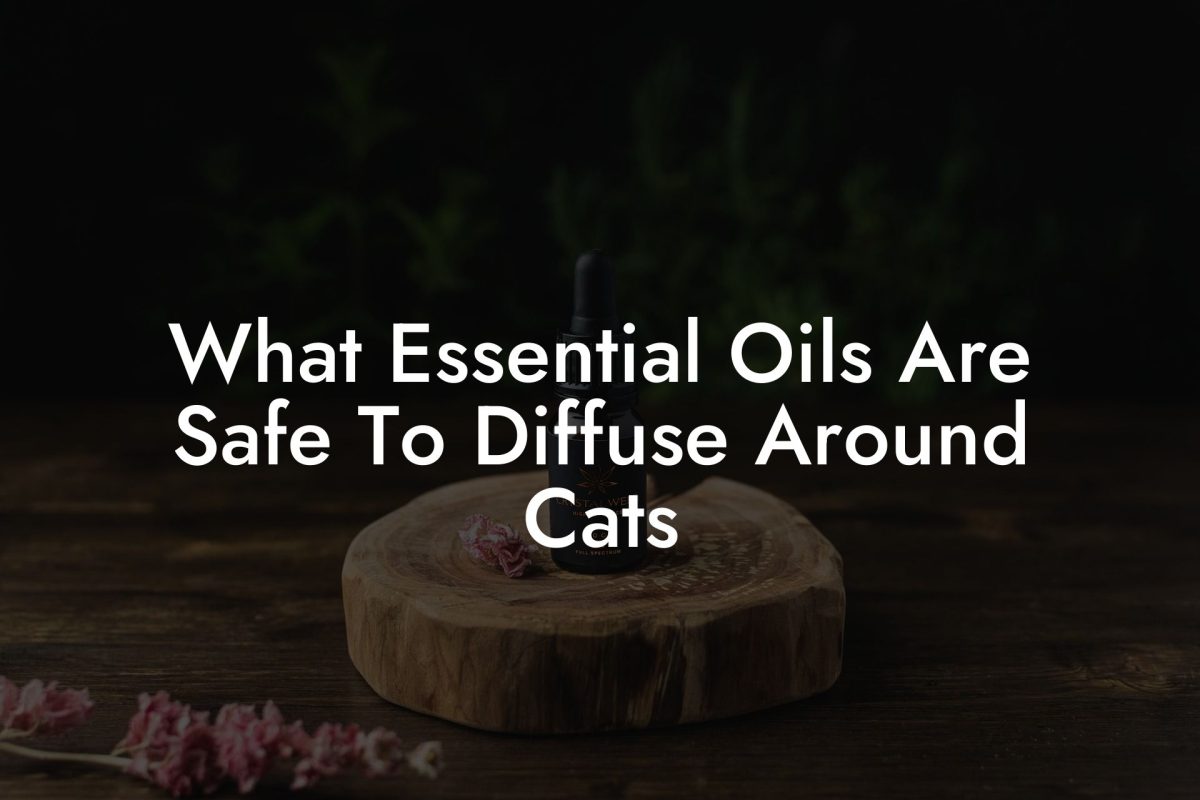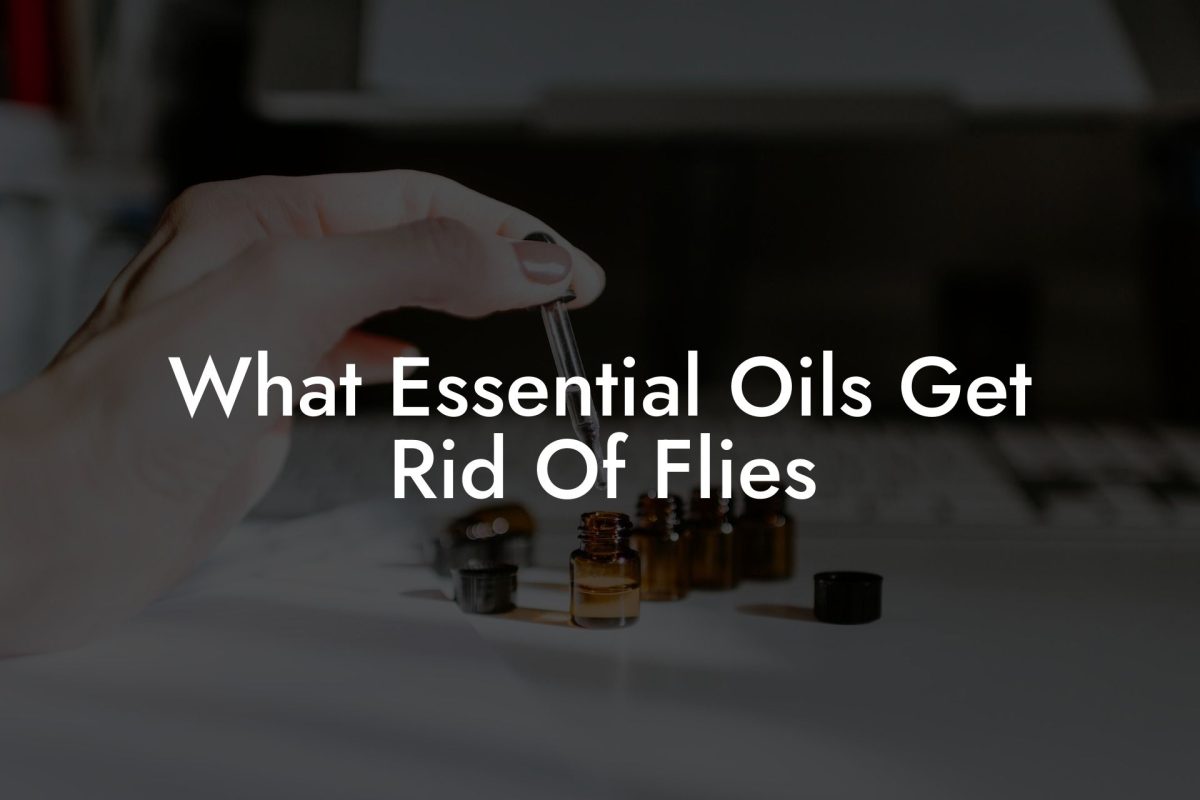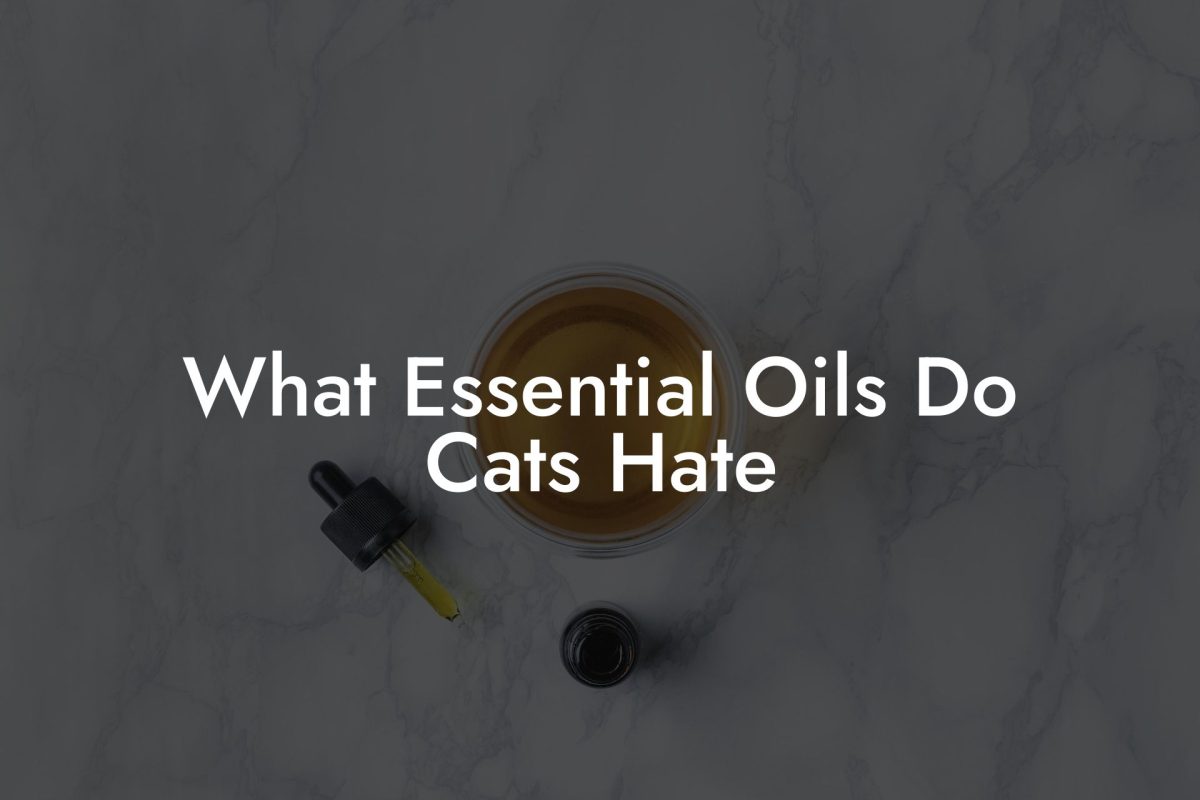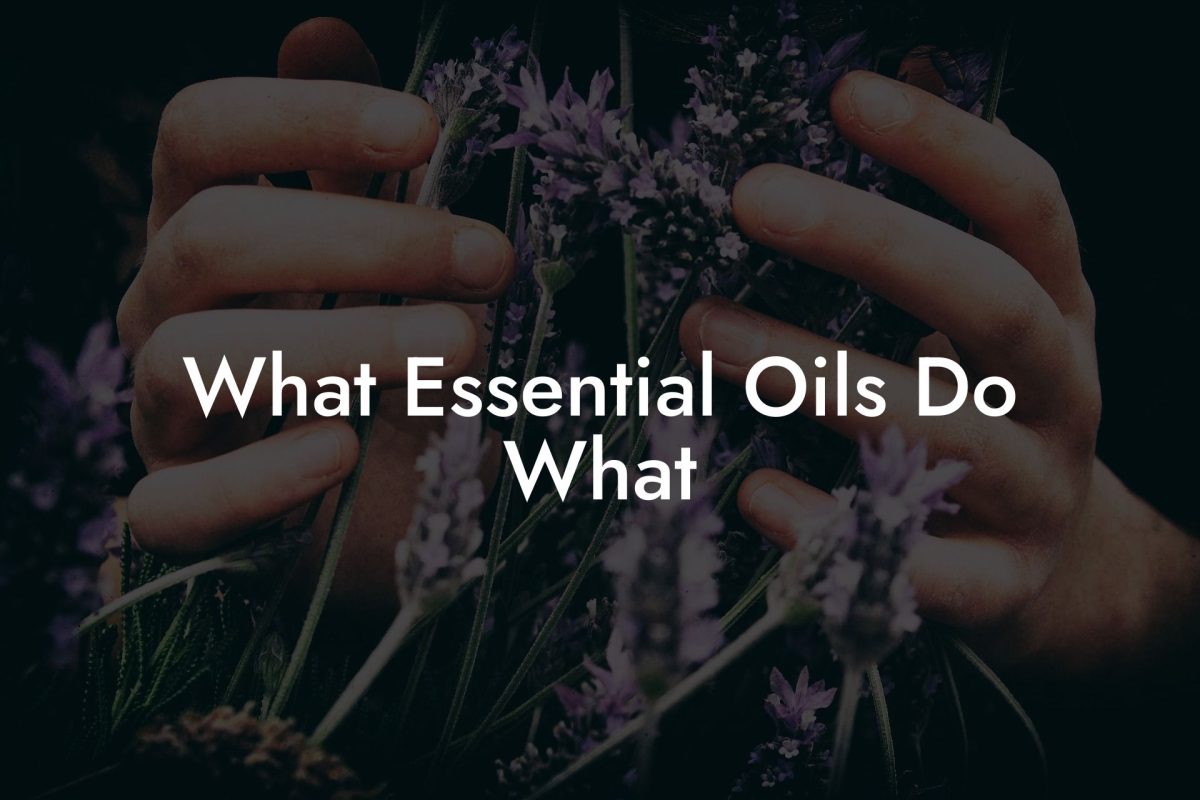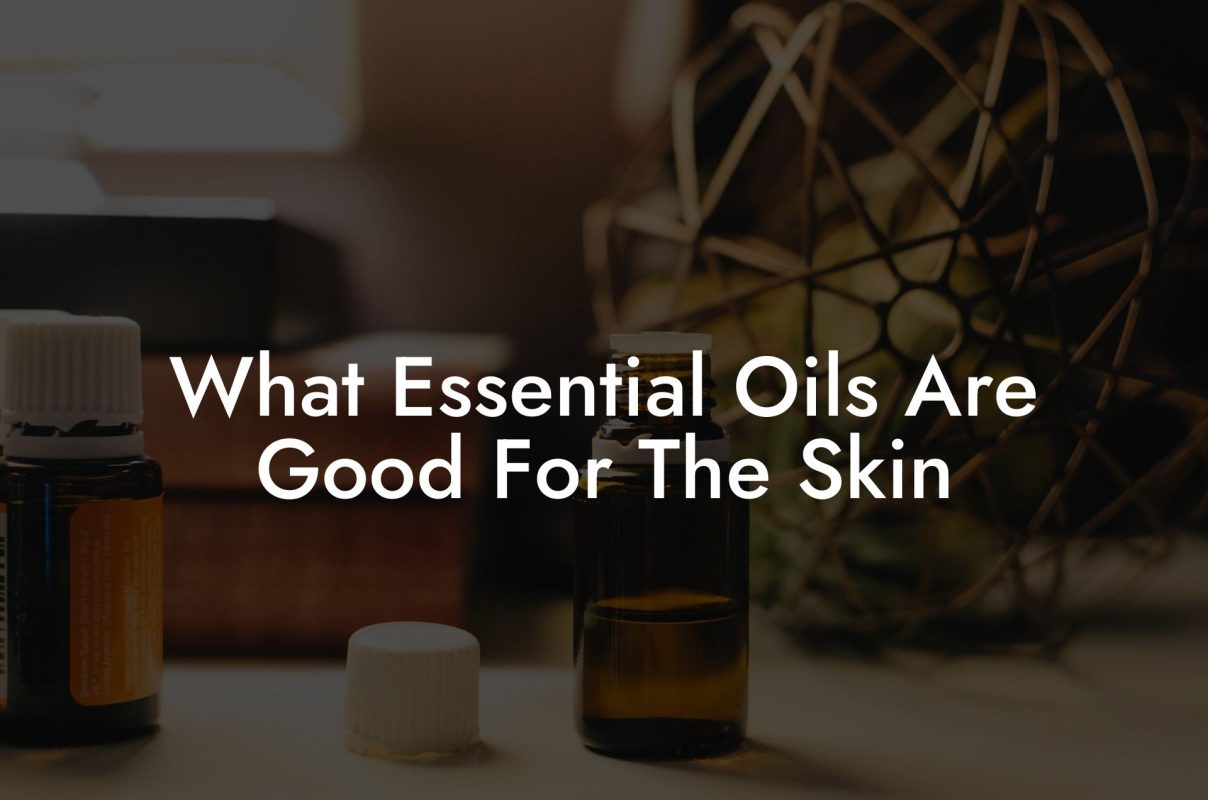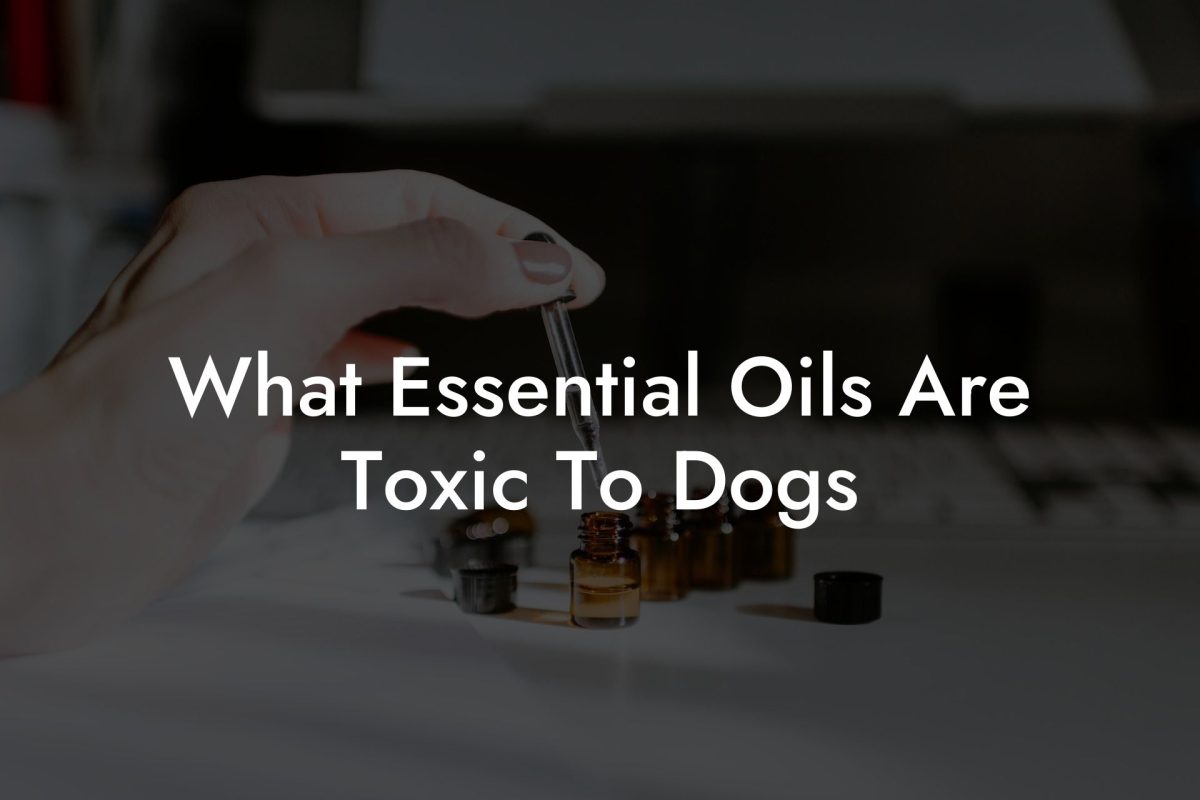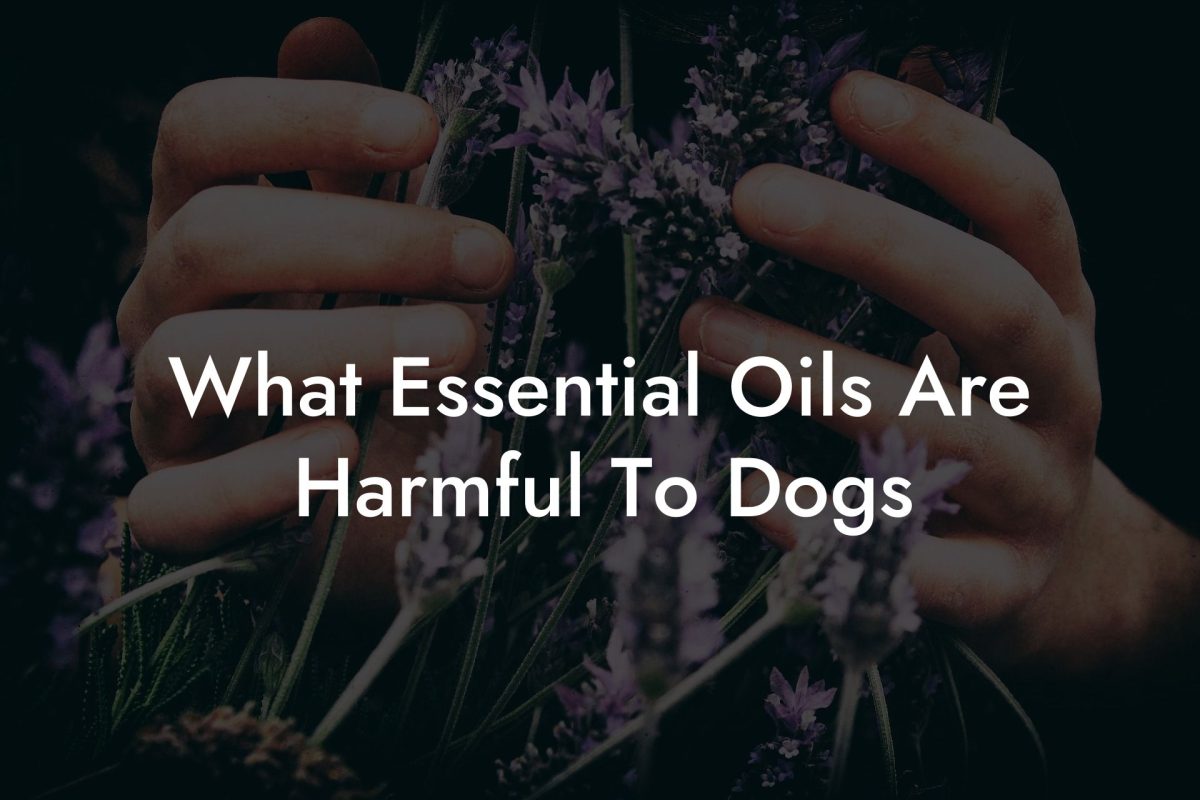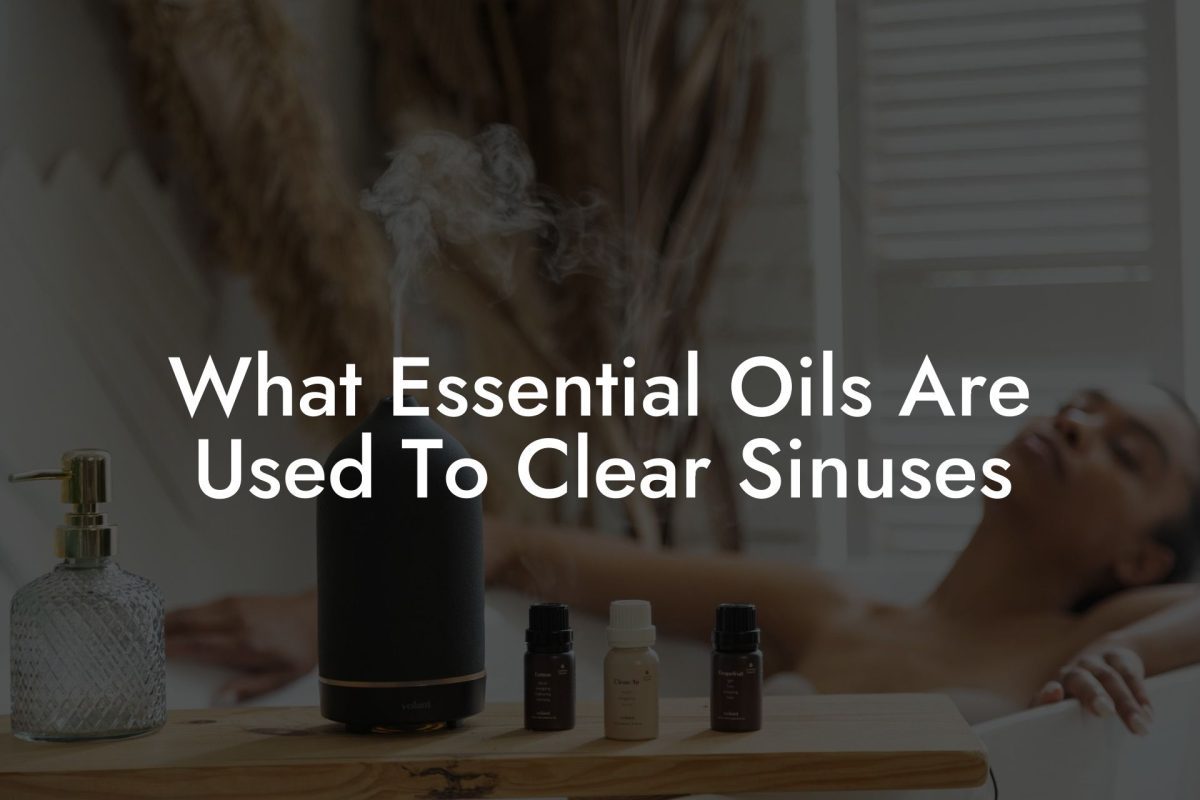Discover the creative and therapeutic world of soap making with essential oils! Learn how to make beautifully fragrant, all-natural artisan soaps that cleanse and nourish both the body and mind. In this comprehensive guide, we’ll delve into the art of soap making and provide step-by-step instructions to help you create luxurious, soothing soaps infused with the therapeutic power of Oshu Oils’ essential oils.
Table of Contents
Understanding the Soap Making Process
Making soap with essential oils involves a process called saponification, in which oils or fats are combined with an alkali such as lye to create a chemical reaction, resulting in soap and glycerin. The final product is free from lye, as it reacts completely with the oils.
There are two primary methods of soap making, both of which are suitable for use with essential oils:
Cold Process Soap Making
– Involves mixing oils or fats with lye water, resulting in a thick mixture that is poured into molds and left to cure for about 4-6 weeks.
– Allows for greater customization of soap properties, such as hardness and lather quality.
– Retains more of the beneficial properties of oils and essential oils.
Melt and Pour Soap Making
– Involves melting pre-made soap bases, adding desired colorants, fragrances, and essential oils, and pouring the mixture into molds to cool.
– Faster and simpler than the cold process method, as soaps can be used within a few hours to a day after making them.
– Less control over soap properties, but an excellent choice for beginners.
Choosing the Right Essential Oils for Your Soap
When selecting essential oils for soap making, consider the following factors:
• Aroma: Choose oils with pleasing and complementary scents.
• Skin type: Pick oils that are suitable for your skin type and address specific concerns, such as acne, dryness, or sensitivity.
• Therapeutic benefits: Opt for oils with emotional, mental, or physical health benefits that align with your goals for the soap.
Step-by-Step Guide to Making Soap with Essential Oils
For this guide, we will outline the melt and pour soap making process, as it is beginner-friendly and requires fewer specialized ingredients and equipment.
Materials You’ll Need:
– Melt and pour soap base (such as glycerin or goat’s milk)
– Essential oils of your choice (we recommend Oshu Oils)
– Soap dye or natural colorants (optional)
– Soap molds (silicone or plastic)
– Heat-resistant measuring cup or glass container
– Mixing utensils (spatula or wooden spoon)
– Rubbing alcohol in a spray bottle (optional, to remove air bubbles)
Instructions:
- Prepare your soap molds on a flat surface, ensuring they are dry and clean.
- Chop the melt and pour soap base into small pieces and place them in the heat-resistant measuring cup or container.
- Microwave the soap base in 30-second intervals, stirring gently in between, until it is fully melted and free of lumps. Be cautious not to boil the base.
- Add a few drops of soap dye or natural colorants, stirring thoroughly to achieve the desired shade.
- Allow the melted soap to cool slightly before adding essential oils. This prevents the oils from evaporating due to heat. Use about 0.3-0.9 oz of essential oils per pound of soap base, depending on the desired strength of the fragrance.
- Stir in the essential oils gently but thoroughly to ensure even distribution.
- Pour the soap mixture into the molds, leaving a small gap at the top to allow for slight expansion as it cools. If air bubbles form, spritz the surface with rubbing alcohol to remove them.
- Let the soap cool for several hours or overnight until it is fully set. Once set, carefully remove it from the molds.
- Allow the soap to cure for an additional 24-48 hours for the best results, then enjoy your custom essential oil-infused soap!
How To Make Soap With Essential Oils Example:
Imagine unwinding after a long day with a luxurious lavender and chamomile soap. Both essential oils are known for their relaxation and calming properties, making this soap perfect for soothing the senses during your evening bath. The gentle, skin-loving benefits of a goat’s milk soap base would further elevate the experience, leaving your skin soft, clean, and nourished.
Armed with the knowledge and techniques from this guide, the possibilities for creating exceptional essential oil soaps are endless. Go ahead, unleash your creativity and explore the various combinations that Oshu Oils has to offer. Share your handcrafted soaps with friends and family, or indulge yourself in the relaxing, invigorating, or healing powers of essential oils every time you step into the shower. Don’t forget to share this article with fellow essential oil enthusiasts, and continue to explore our other guides and resources on Oshu Oils for even more inspiration and information.

